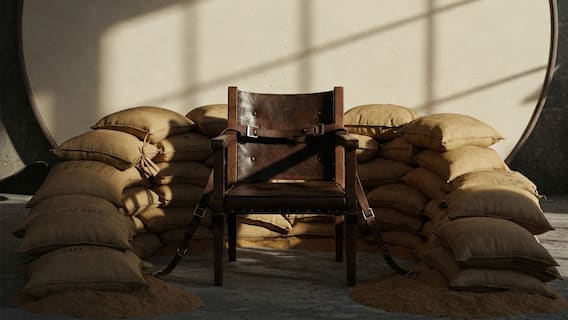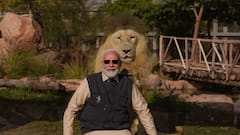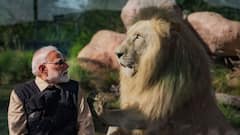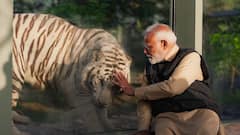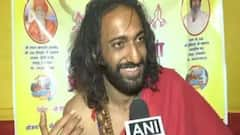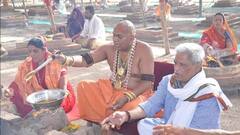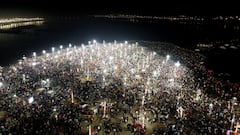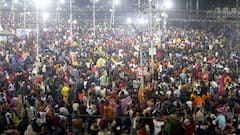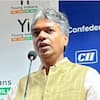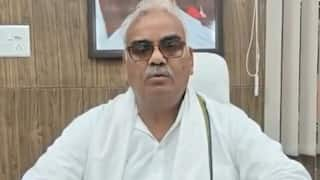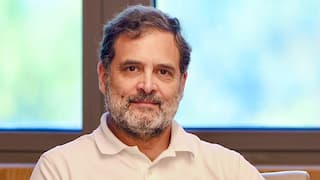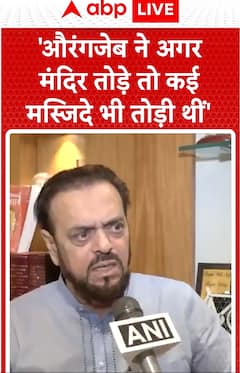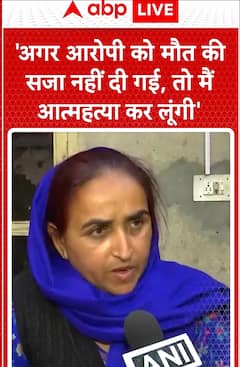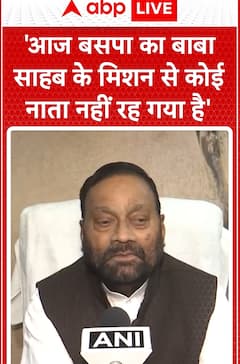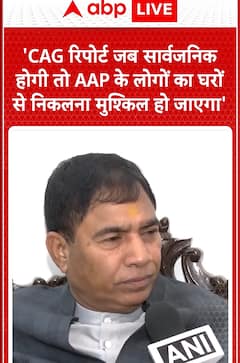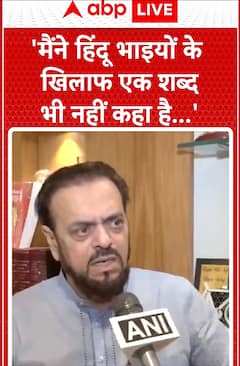How Artists Saw Mahatma Gandhi: 'Spiritual Lord Of India' To 'Most Talked About Man In The World'
On the 75th death anniversary of the Father of the Nation, here's a look at how artists contemporary to India's freedom struggle perceived Mahatma Gandhi.

Nathuram Godse assassinated Mahatma Gandhi, the Father of the Nation, on this day 75 years ago. But Gandhi stays alive and relevant even years after his death. He is regarded as one of the tallest spiritual and political leaders of India, and a major driving force in the country's freedom struggle. His messages, values, and principles are known worldwide and reflect in our politics, arts, and culture.
Here's a look at how artists contemporary to India's freedom struggle perceived Mahatma Gandhi.
Gandhi: 'The Spiritual Lord Of India'
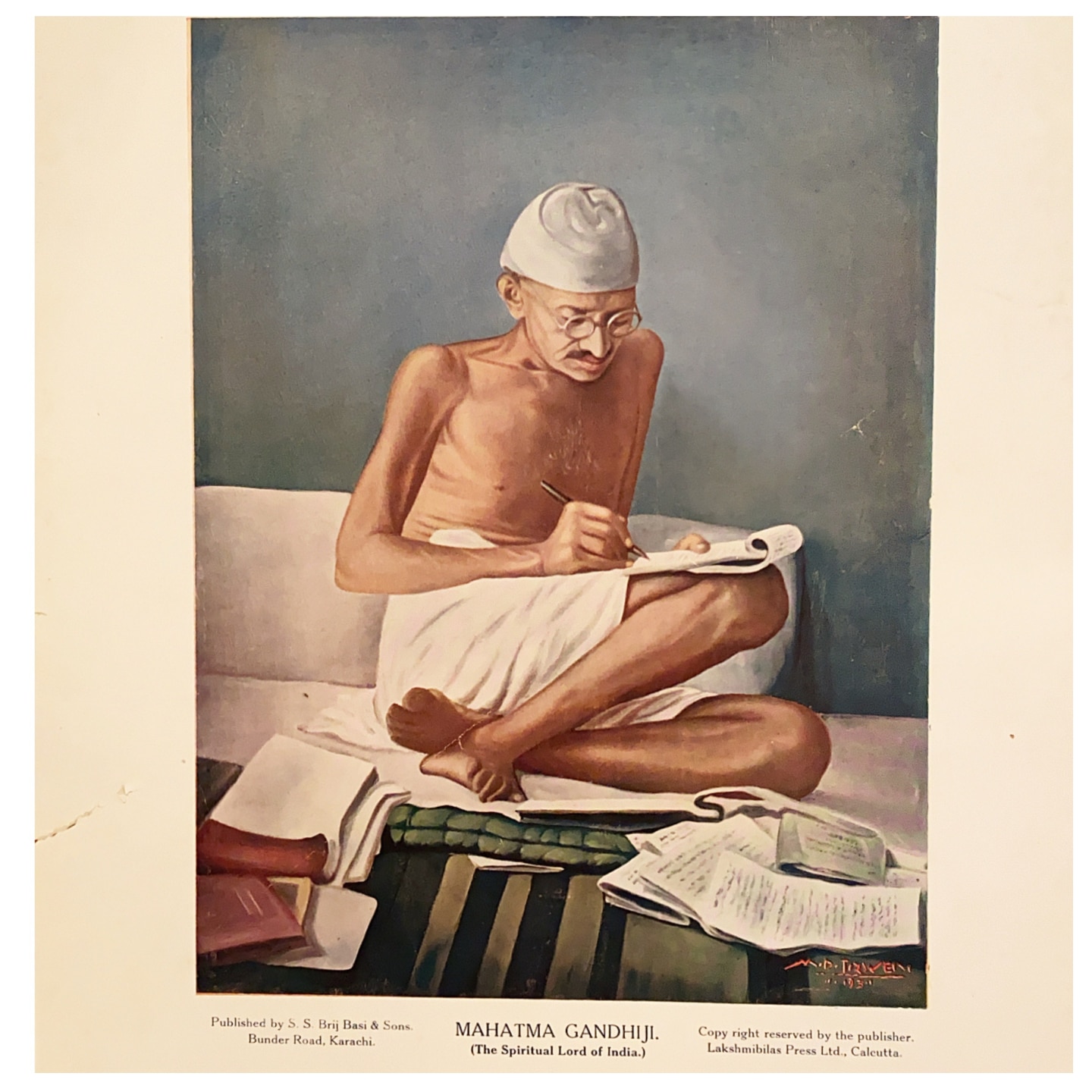
It is impossible to contain Gandhi and his life story in a single image. To many, he was the 'Spiritual Lord of India' as in the painting by MD Triveni. His emphasis on non-violence, truth, compassion, and discipline echoed the importance of spirituality in his daily life. To many others, he was a tall political leader and a social reformer. (Photo Courtesy: Professor Vinay Lal)
'Most Talked About Man in the World'
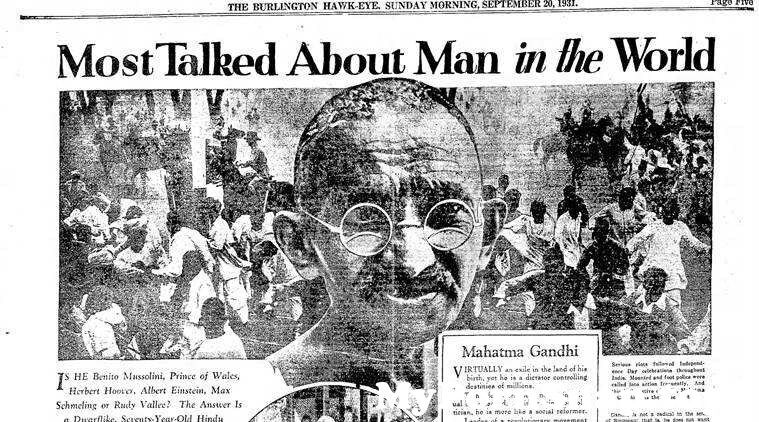
The Burlington Hawk-Eye in 1931 called Gandhi the 'Most Talked About Man in the World'. The newspaper described him as the "dwarflike, seventy-year-old Hindu whom millions of India follow with the zeal of the Crusaders". (Photo Courtesy: Professor Vinay Lal)
'Lord Willingdon's Dilemma'

The cartoon, Lord Willingdon's Dilemma, represented what Gandhi stood for and how he inspired scores through his values and principles which played an important part in the Indian freedom struggle. The cartoon published in the Hindustan Times showed then Viceroy Lord Willingdon locking up Gandhi in the Yerawada Jail only to witness a sea of 'Gandhis' in the crowd, which only showed that his spirit could not be locked. (Photo Courtesy: Professor Vinay Lal)
Gandhi Emperor Interview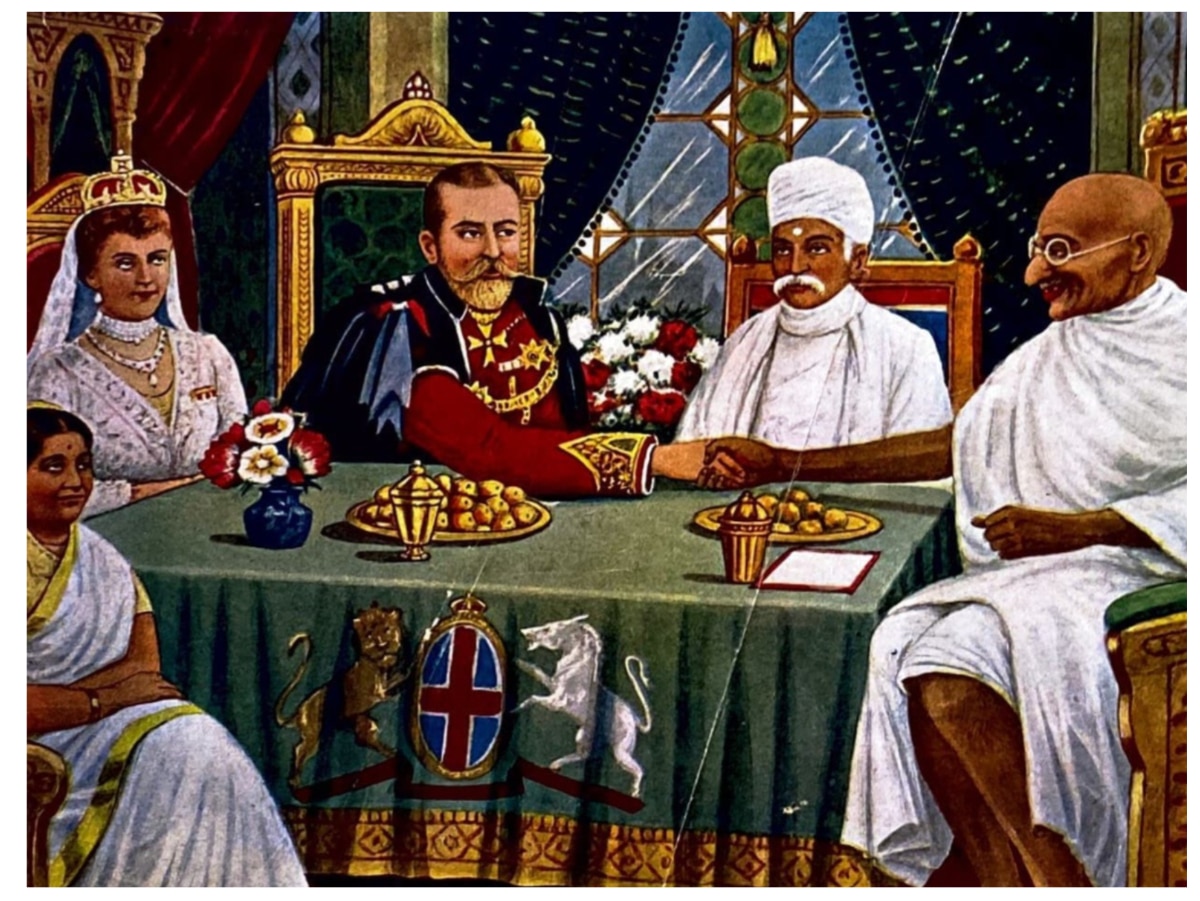
An undated painting of the historic meeting between Mahatma Gandhi and King George V. According to historian Vinay Lal, whose book 'Insurgency and the Artist' features the image, the artist through this painting showed Gandhi being at equal standing with the Royals and the firm handshake represents the same. (Photo Courtesy: Professor Vinay Lal)
How Gandhi looked at the world, and his thoughts about life are known to all. But these images give us a glimpse into the minds of artists and how they perceived Mahatma Gandhi's multi-layered personality.
All these images are part of a book by Professor Vinay Lal. His book 'Insurgency and The Artist' walks us through the art contemporary to India's freedom struggle and what it represents.
Trending News
Top Headlines










